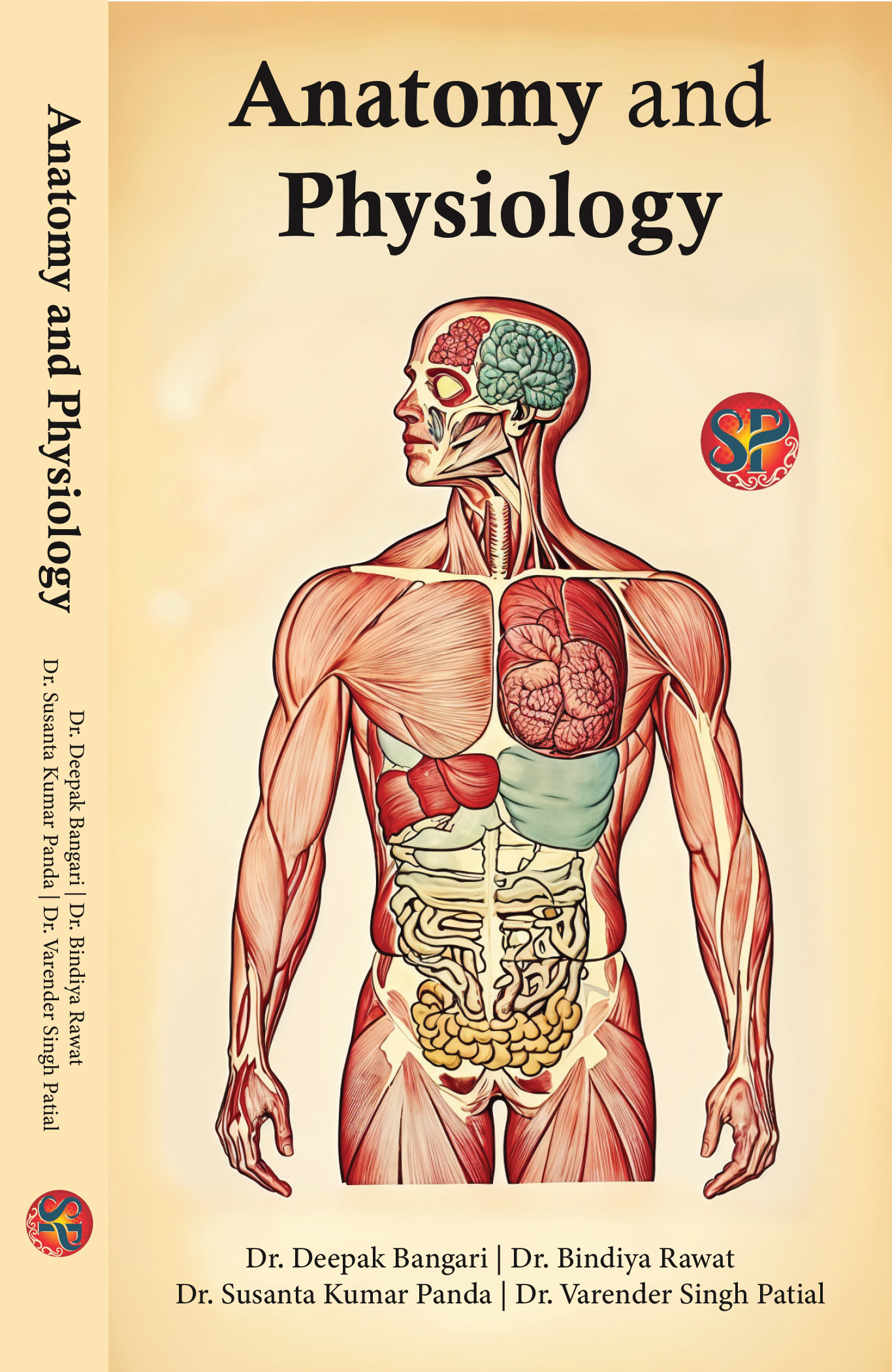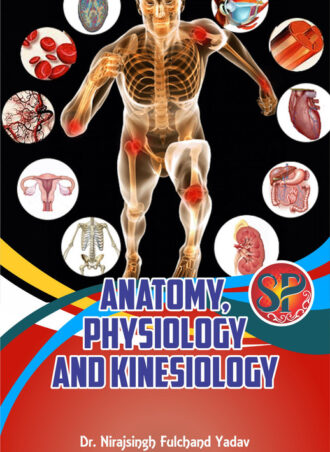Human body is a unique combination/example of biomechanism. It is the physical substance of the human organism, composed of living cells and extracellular materials and organized into tissues, organs, and systems. It’s our body that performs all activities of daily life. It means that no physical activities, exercises, performances etc., can be performed without the help of human body. Human anatomy is the study of the structures of the human body. An understanding of anatomy is key to the practice of medicine and other areas of health. Anatomy and physiology are interrelated with each other and without understanding anatomy and physiology, we cannot even think of physical education and sports. In fact, anatomy investigates the basic structure of the body and the interrelationships between various body parts. Physiology is the scientific discipline that deals with the processes or functions of living things, or the study of body functions. It allows us to understand and predict the body’s responses to stimuli; as well as understand how the body maintains conditions within a narrow range of values in the presence of a continually changing environment In the context of physical education and sports, sport physiology applies these concepts from exercise physiology specifically to training the athlete and enhancing athlete performance within a specific sport. Exercise and sport physiology is about improving performance, by knowing how the body functions during exercise, and using scientific principles to allow your body to train better, perform better and recover quicker. Studies in exercise physiology help athletes achieve greatness e.g. it is now known that Olympic weightlifting and plyometric training are two methods to increase vertical jump height.
| Weight | 1.1 kg |
|---|---|
| Dimensions | 24 × 14 × 1 cm |
| Binding | Hardcover |
| Edition | First |
| ISBN | 9789348226303 |
| Language | English |
| Publishing Year | 2025 |
| Author |
Dr. Bindiya Rawat, Dr. Deepak Bangari, Dr. Susanta Kumar Panda, Dr. Varender Singh Patial |








